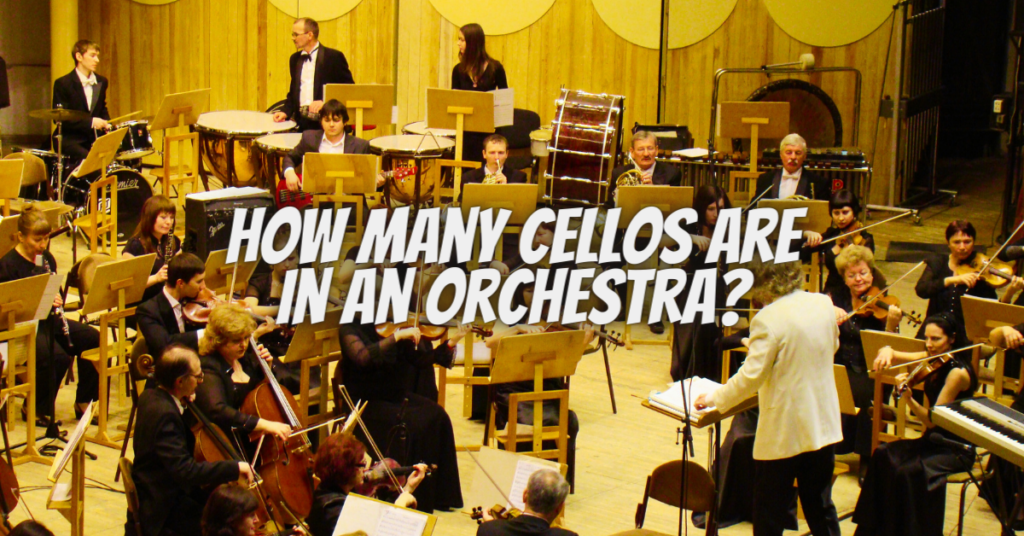The cello, with its deep, soul-stirring tones, holds a special place in the heart of orchestral music. Often considered the intermediary between the violin and the double bass, the cello section contributes a unique warmth and richness to orchestral performances. In this article, we delve into the intriguing world of cellos in orchestras, discussing their number, role, and the enchanting melodies they create.
1. The Standard Cello Section:
In a typical orchestra, there are usually eight to twelve cellos. The precise number can vary depending on the orchestra’s size and the requirements of the composition being performed. The cellos are divided into two sections: the first cello section and the second cello section.
2. Role of Cellos in the Orchestra:
The cellos are an integral part of the orchestra’s string section, providing a strong and resonant foundation for the entire ensemble. Positioned between the violas and the double basses, cellos bridge the gap between the higher-pitched instruments (violins and violas) and the lower-pitched instruments (double basses). Their mid-range frequencies allow them to harmonize with both the high and low strings, creating a balanced and full-bodied sound.
3. Melodic and Harmonic Contributions:
Cellos have the unique ability to perform both melodic and harmonic roles within the orchestra. They often play essential melodies and solo passages in classical compositions, showcasing the instrument’s expressive capabilities. Additionally, cellos frequently provide harmonic support by playing chords and reinforcing the harmonic structure of the music.
4. Versatility and Expressiveness:
Cellos are highly versatile instruments, capable of producing a wide range of tones, from tender and lyrical to bold and dramatic. Cellists use their bowing techniques, fingerings, and dynamic control to convey a myriad of emotions, making the cello an instrument of profound expressiveness.
5. Enchanting Solos and Concertos:
Some of the most beautiful and renowned pieces in classical music feature the cello. Cellists often take center stage in orchestral concerts, performing solo concertos accompanied by the orchestra. These compositions allow cellists to showcase their virtuosity and convey intricate musical narratives, captivating audiences with their emotive performances.
6. Educational Significance:
The cello is a popular instrument among aspiring musicians, and many young talents are trained to play the cello from an early age. As a result, orchestras benefit from a continuous influx of skilled cellists, ensuring the instrument’s enduring presence in the classical music realm.
Conclusion
The cello section in an orchestra, with its resonant tones and emotive capacities, adds depth, soul, and sophistication to classical music performances. Whether providing a strong harmonic foundation, contributing to lush orchestral textures, or taking center stage in captivating solos, cellos play a pivotal role in shaping the overall orchestral sound. As audiences continue to be enchanted by the soulful melodies of cellos, these remarkable instruments remain essential protagonists in the captivating world of orchestral music, reminding us of the instrument’s enduring charm and significance.


